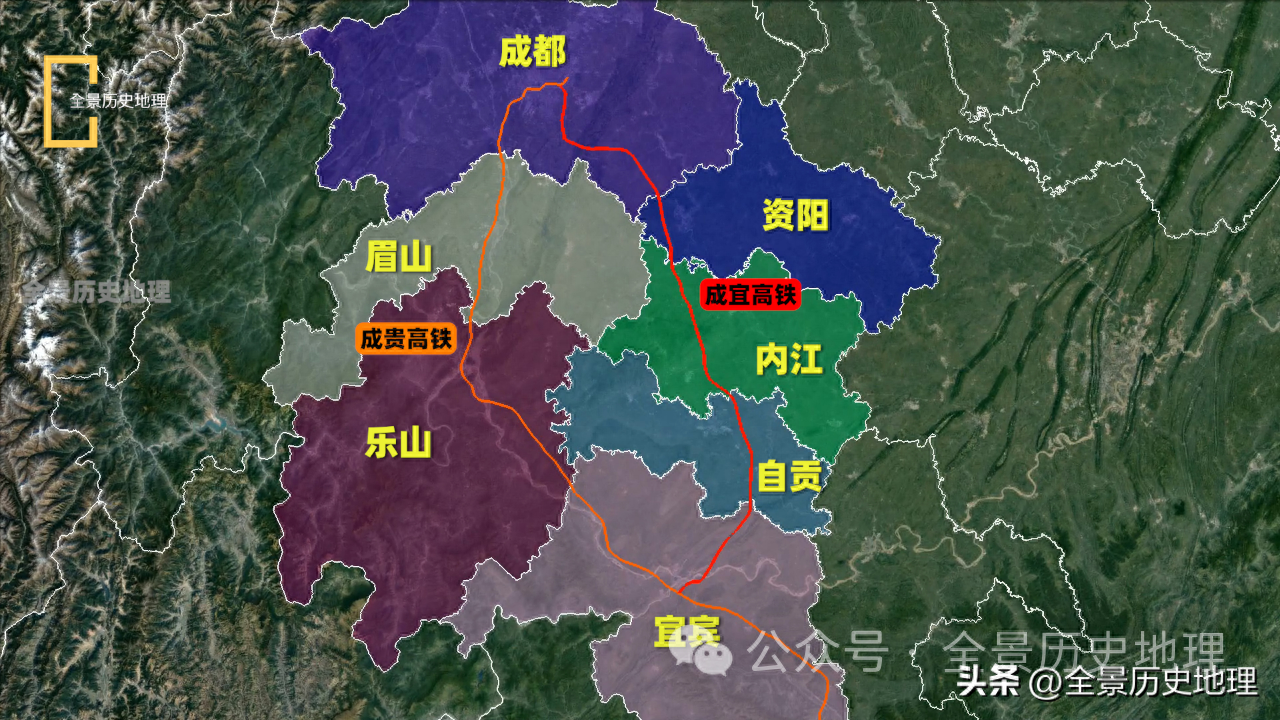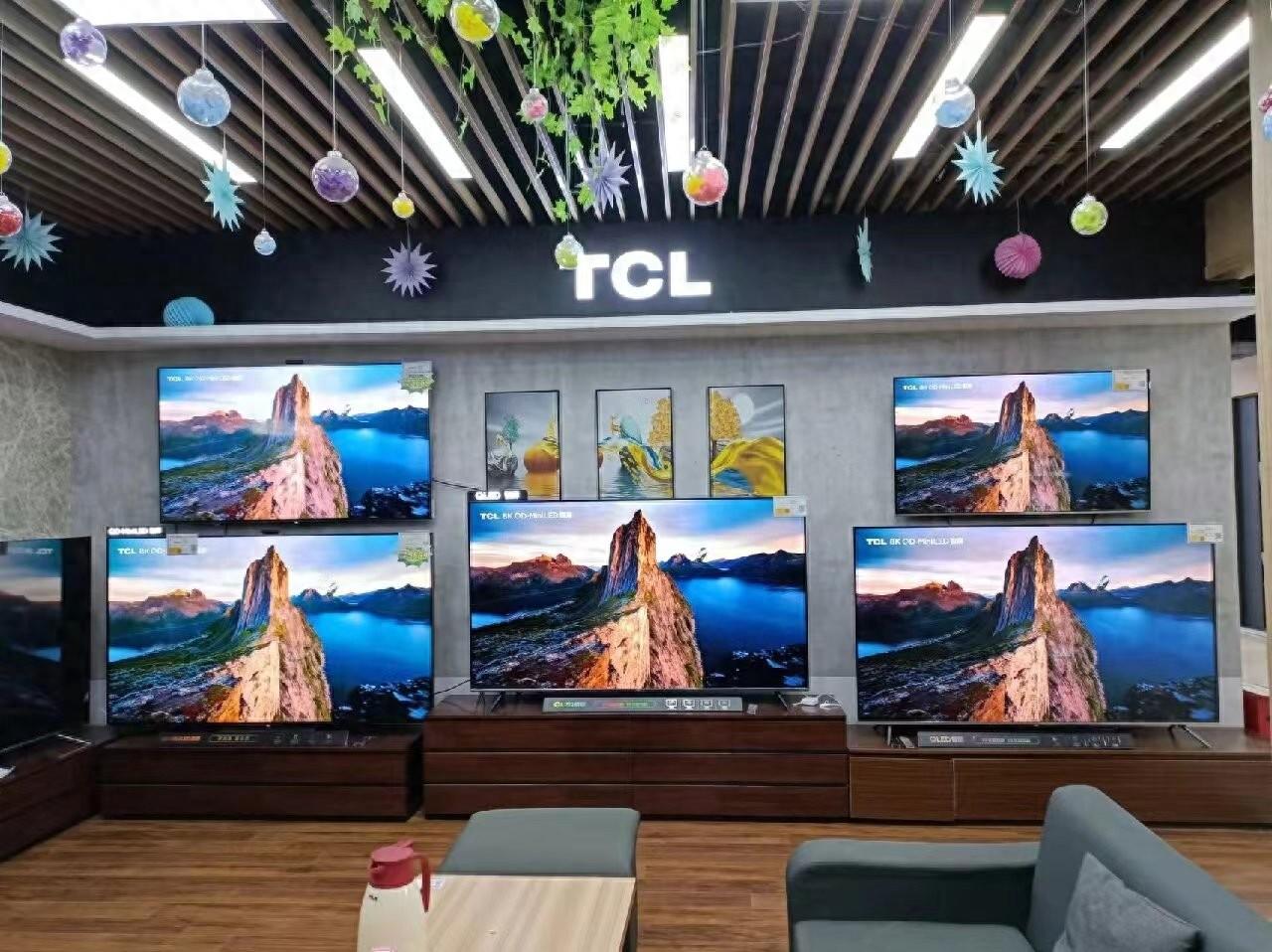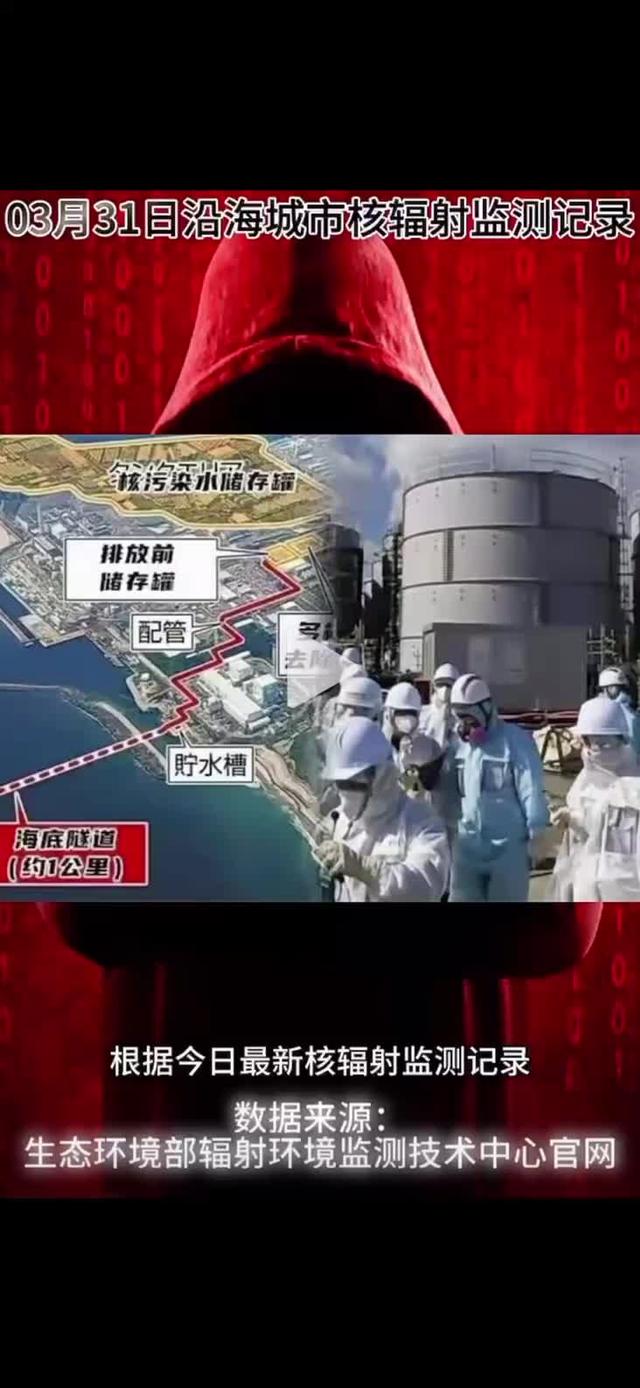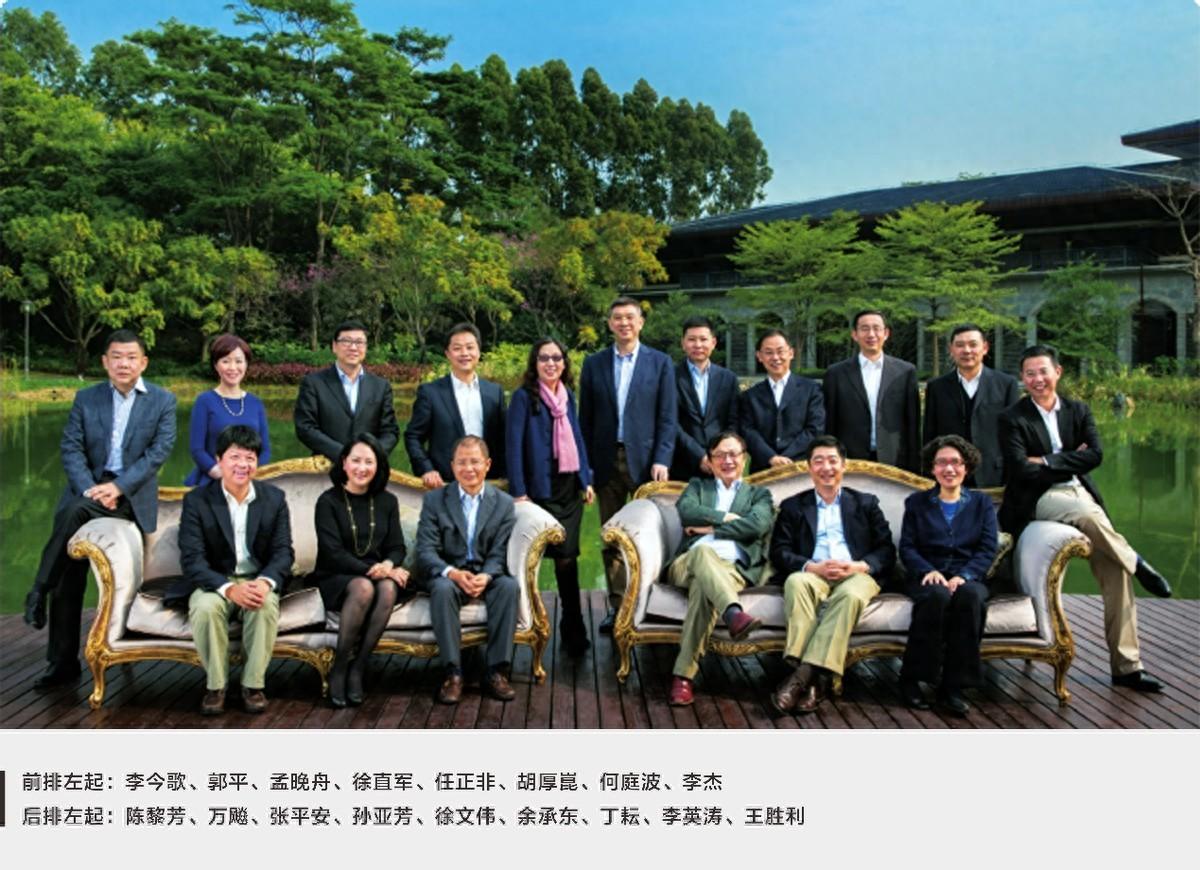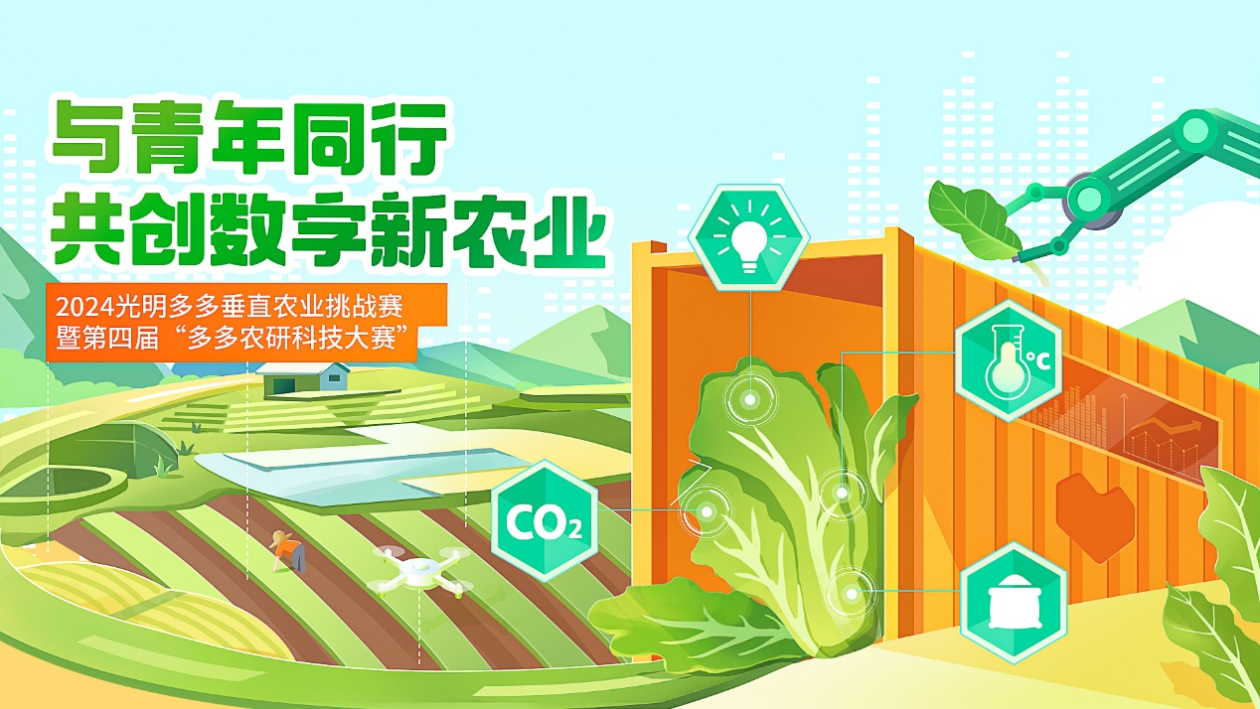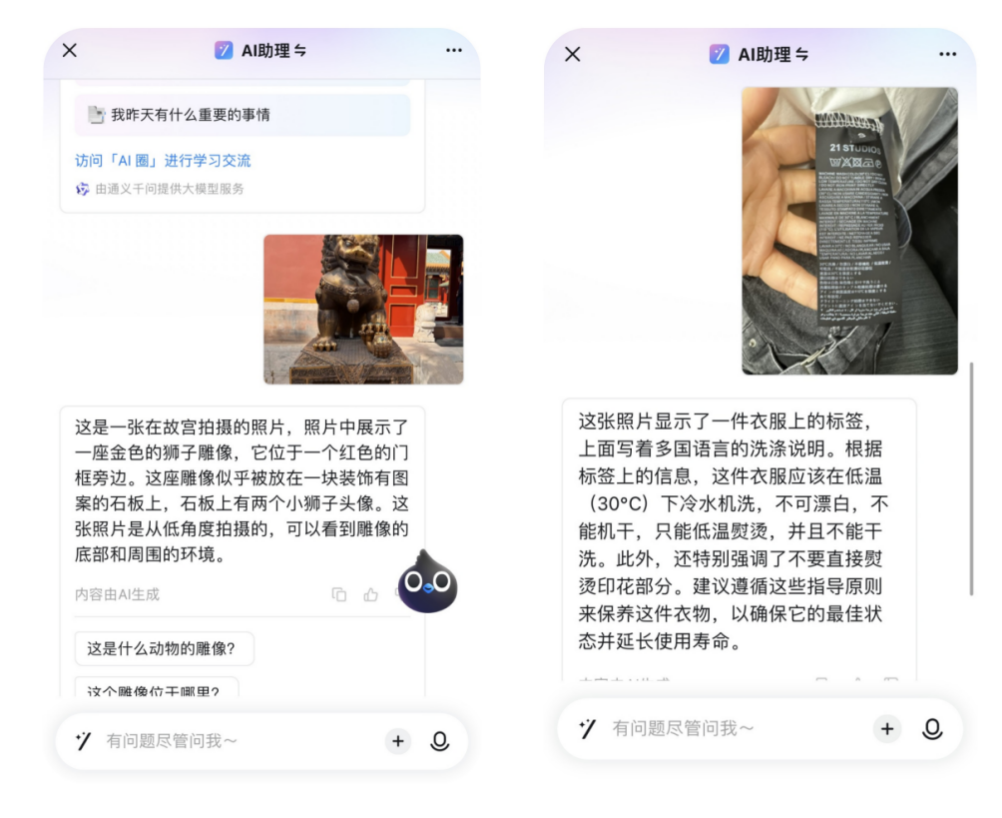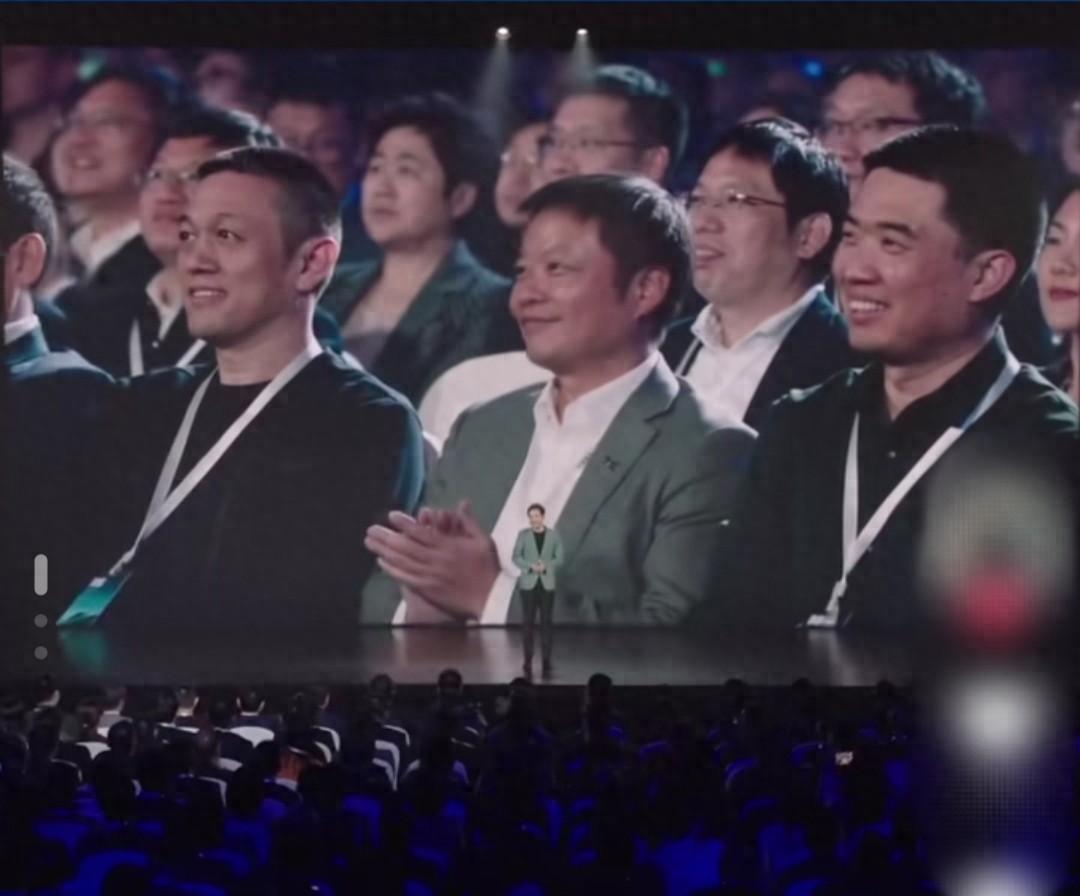Smart tourism should strive to avoid being flashy and unrealistic
Electronic tickets, intelligent tour guides, and a mobile phone tour of a city.
Electronic tickets, intelligent tour guides, and a mobile phone tour of a city... Nowadays, more and more high-tech intelligent applications are appearing on the road. With strong national support and policy influence, various regions are constantly exploring new paths for smart tourism. From the perspective of tourist experience, some intelligent applications are currently flashy and impractical, with only superficial appearances. The elderly are inconvenient to use, important information cannot be found, and when encountering problems, they cannot help but ask: what is truly smart tourism?
Smart tourism is the use of new generation information technologies such as artificial intelligence, big data, and the Internet of Things to achieve intelligent tourism services, management, and marketing. In short, it means using new technologies to make the travel experience better. The country is vigorously developing smart tourism to better meet the diverse needs of tourists and enhance the tourism experience.
How to do smart tourism? Different scenic area managers have different concepts. However, in exploration and practice, some places or enterprises have embarked on the path of technological "frenzy". When it comes to "wisdom," one blindly pursues high-tech projects and blindly pursues technological content. Some enterprises, universities, and research institutions are busy building think tanks, data centers, and laboratories, publishing various data reports and research results. However, in practical applications, intelligent facilities in different scenic areas are competing independently, and data from all parties cannot be connected and shared. It is a real problem that each "data island" cannot effectively play its role, resulting in low input-output efficiency and resource waste.
In the process of developing smart tourism, it is also easy to encounter the problem of prioritizing hard and soft resources. Some local governments are willing to invest in hardware but do not value services. Some projects have high initial investment and weak later operation. Managers focus their main efforts on geographic information collection, QR code entry, and travel tracking in scenic areas, but they cannot come up with practical solutions to the most concerning issues for tourists, such as difficulty in parking and booking in scenic areas.
The supporting services have not kept up, and the fine management is not in place. The construction of smart tourism is inevitably reduced to a face saving project, allowing tourists to come in high spirits and come back disappointed.
Recently, the Department of Resource Development of the Ministry of Culture and Tourism announced the first batch of top ten solutions for "cloud based, digital, and intelligent" smart tourism in China. These plans are all guided by tourist demand, focusing on solving the bottlenecks, pain points, and difficulties in the development of the tourism industry, and highlighting a rational and pragmatic development direction. For example, in response to the "digital divide" faced by the elderly, some companies have proposed elder model solutions; To solve the problem of tourists finding their way in large scenic spots, some companies have created smart tour guide platforms. Some enterprises have extended from functional services to content and IP fields, empowering tourism entities through digital content. These solutions not only meet practical needs, but also create new demands.
Faced with an increasing volume, higher tourist expectations, and increasingly fierce market competition, it is necessary to rely on the power of modern technology to promote the rapid and healthy development of the tourism industry. Smart tourism represents a new direction for the transformation and upgrading of the cultural and tourism industry, and is also a new track for enterprises to participate in market competition. Whoever can truly meet consumer needs in terms of technology, products, services, and other aspects from the perspective of consumers can seize the opportunity. Whether it is supply side reform or high-quality development, the ultimate goal is to pursue the aspirations of the people for a better life. Innovation closely around this goal is the fundamental weapon for winning the market.
Disclaimer: The content of this article is sourced from the internet. The copyright of the text, images, and other materials belongs to the original author. The platform reprints the materials for the purpose of conveying more information. The content of the article is for reference and learning only, and should not be used for commercial purposes. If it infringes on your legitimate rights and interests, please contact us promptly and we will handle it as soon as possible! We respect copyright and are committed to protecting it. Thank you for sharing.(Email:[email protected])
